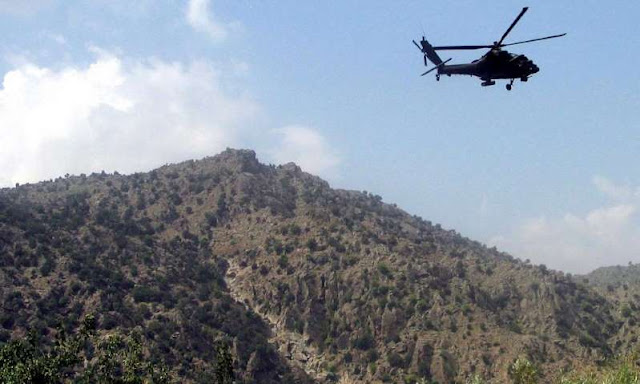New Zealand military misled ministers about civilians deaths in Afghanistan raid, report finds
New Zealand military misled ministers about civilians deaths in Afghanistan raid, report finds, A damning report into a raid in Afghanistan led by New Zealand SAS has revealed an Afghan child was among at least eight people killed in the operation and that the Defence Force misled senior leaders and ministers about the incident.
At least seven men were killed in the raid, and the inquiry did not confirm any to be insurgents. Two men had possible links to an insurgent group and the inquiry declined to decide whether two other men were insurgents. Three more were later deemed by intelligence to be insurgents but the inquiry found there was insufficient evidence.
 |
| New Zealand military misled ministers about civilians deaths in Afghanistan raid, report finds |
However, all were killed with “proper justification”, the report found, and only one of those killed was shot by an SAS soldier.
The findings released by the government were the result of an independent inquiry into allegations made by two journalists about “Operation Burnham”, a raid that took place on 21-22 August 2010 in Tirgiran Valley, Afghanistan. The helicopter-backed operation was carried out by NZSAS troops and other nations’ forces operating as part of the International Security Assistance Force.
The NZ$7m inquiry did not find that the New Zealand Defence Force (NZDF) plotted to cover up casualties, which was suggested by investigative journalists Nicky Hager and Jon Stephenson in their book Hit & Run. However, the report said the NSDF never corrected claims made to the public and ministers by its personnel that allegations of civilian casualties were “unfounded”.
The report found that the failures to properly pass information to senior NZDF leaders and ministers meant they did not have the appropriate information and could not respond to Parliament or the media.
This is the “most serious” finding in the report, it said.
“It became the accepted NZDF narrative due to a disappointing lack of commitment and rigour, both individual and collective, on the part of senior NZDF personnel … it advanced a false narrative, which misled ministers and the public and unfairly undermined public confidence in the accuracy of some aspects of the author’s work.
“Ministers were not able to exercise the democratic control of the military. The military do not exist for their own purpose, they are meant to be controlled by their minister who is accountable to Parliament.”
As such, the report found the SAS soldiers were not found to be directly responsible for any wrongful civilian deaths, saying they acted professionally during the raid.
The inquiry found that it was likely a female child possibly eight to 10 years old was killed during the operation. It also considers that the way a prisoner was treated and handled shows New Zealand’s detention policy was inappropriate and did not reflect New Zealand’s values. Captured insurgent Qari Miraj was handed over Afghan authorities based on the knowledge he was likely to be tortured.
Attorney general David Parker said that releasing the report in full “demonstrates our commitment to transparency”.
“Bearing in mind the need for the public to have confidence in the NZDF, the government decided it was in the public interest to hold an inquiry. The findings of this report show that it was the right thing to do,” Parker said.
The government inquiry made four recommendations:
· An expert review group should look at NZDF’s organisational structure, record-keeping and retrieval processes.
· An office of the Independent Inspector-General of Defence (located outside the NZDF organisational structure) should be established to facilitate independent oversight of NZDF and enhance its democratic accountability.
· An NZDF order should be put into effect setting out how allegations of civilian casualties should be dealt with in-theatre and in New Zealand.
· The government should set effective detention policies and procedures in relation to people detained by, or with the involvement of, New Zealand forces overseas and how allegations of torture by such persons are treated.
Parker said that the book Hit & Run contained “many errors” but that in important respects the book was correct.
“Without the book, the findings of the report and its important recommendations would not have been possible. Given this, it is right to acknowledge, as does the report, that the book has performed a valuable public service,” he said.
0 comments:
Post a Comment
If You have Any Doubts, Let Me Know